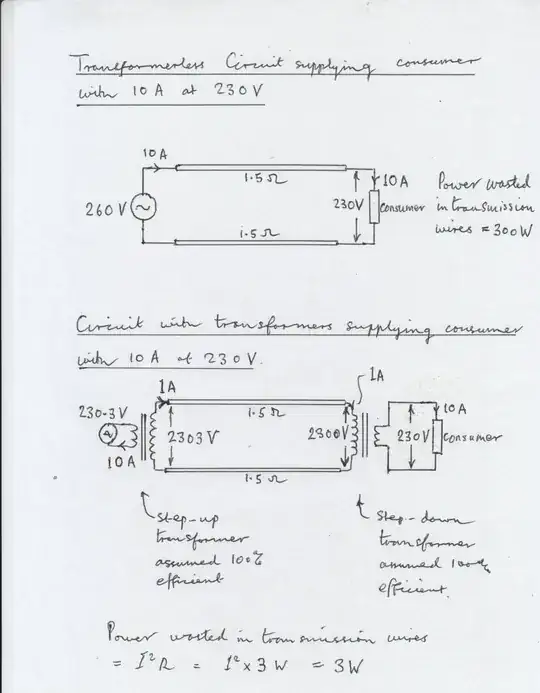Proper answers to your questions require an understanding of a complete power transmission circuit – the simplest possible will do.
The diagrams show circuits for supplying a consumer with 10 A at 230 V. [The voltages and currents are rms values.] The top circuit uses no transformers; the bottom one uses a 1:10 step-up and a 10:1 step-down transformer. The same transmission wires (1.5 ohm each) are used in each case. To understand why the voltages are as shown, work from right to left.

"But my understanding V=IR and by increasing the voltage we get more current"
You're assuming that the resistance of the circuit fed by the output of the step-up transformer is the same as that of the circuit that would be used with no step-up transformer (26 ohm in my top circuit). This is not so. The high voltage circuit that is used with the step-up transformer has a much higher resistance because it contains the step-down transformer's primary. (This, in my bottom circuit, behaves like a 2300 ohm resistance when power is being supplied to the consumer.)
Thus the current in the high voltage circuit is less than that in the transformerless circuit, yet the same power ($VI$) can be transmitted. A smaller current in the wires (resistance $R$) transmitting the power implies that less power ($I^2R$) is wasted heating these wires. This answers the query in your last paragraph.
Note that power transmission, even my highly simplified version above, is quite involved, requiring the use of the ideal transformer equation, $V_pI_p=V_sI_s$ and Ohm's law as well as the current and voltage rules for series circuits.
